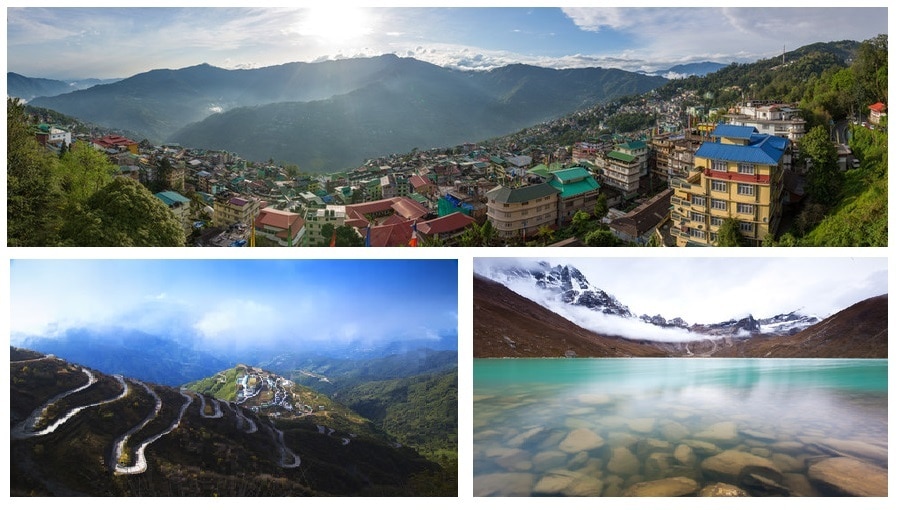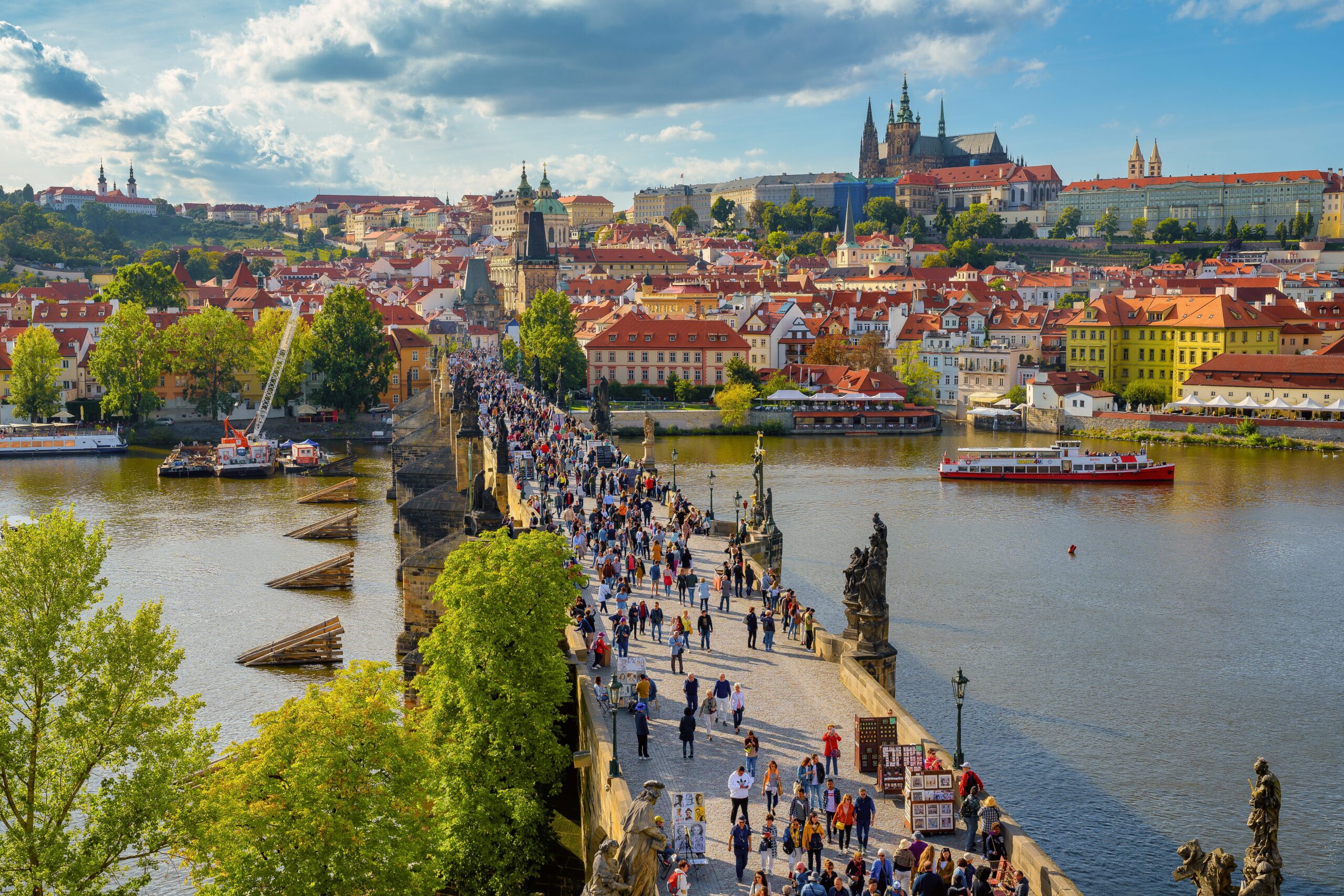When various other states and cities share the limelight in India, there is a state that silently watches the action from behind the curtain. The quaint state almost tucked away from the spotlight, is known as Sikkim. Adorned with the crown of being the least populous and the second smallest of all the states in India, Sikkim is a state that dabbles in biodiversity. The highest peak in India and third highest in the world, Kangchenjunga, finds its host in the folds of this state. The moment you set foot into the state, sudden tranquility would descend on you. It is a quiet retreat from the traffic-laden lanes of other cities and states and it feels that you have driven headlong into paradise.
Ask me now, if you would, as to what is the soul of the state?
Without even thinking twice, in a heartbeat I’d say- the richness with which nature has blessed the state.
In general, the North-Eastern states of India are endowed with the wealth of natural beauty. Sikkim is one such picturesque state of the region. The state finds its abode in the foothills of the Himalayas, and its beauty is utterly breathtaking. Snow laden mountains, waterfalls, scenic vistas, lakes, and many colorful valleys come together to brew a concoction of beauty that is Sikkim. The original inhabitants of Sikkim, the Lepchas, referred to this place as ‘Nye-mae-el’, which simply meant “paradise”. In historical Indian Literature, the state is identified as ‘Indrakil’, that meant ‘the garden of Lord Indra’, the king of heaven.
In the fast-paced city life in which we are accustomed to living in the concrete jungles, we have somewhere down the line broken our ties with nature. If we see the aerial view of our cities, the outpouring humans moving about and the high rising buildings would stick out like a sore thumb on the canvas of nature. When Sikkim gets compared to Eden, it’s because of its oneness with nature. Nearly 35 percent of the state comes under the Khangchendzonga National Park and more than 80 percent area of the state of Sikkim comes under the supervision of its forest department. The atmospheric Buddhist monasteries, swaying prayer flags, luxuriant green mountain valleys, serene environment, a plethora of alpine beauty, and cheerful people make Sikkim among one of the loveliest travel destinations.
We all must have read or heard of some fairytale or the other in our lifetime, apart from magical endings we’d notice another fact and that would be the setting of those tales. Those tales would undoubtedly include castles, rich foliage, and greenery and as you step into Sikkim you’d feel like you have stepped into a fairytale setting. With its soul of calmness and tranquility, nature is personified in this state.
The tagline of the official website for Sikkim Tourism states, ‘Sikkim- Where Nature Smiles’, it’s true that the state has been endowed with the gifts of nature but the greater truth is that the state has learned to acknowledge and preserve the gift. Sikkim is placed in an ecological hotspot of the lower Himalayas, one out of the only three eco-regions of India. When we set out to explore the state, we maybe would realize with a pang of guilt and sorrow as to how much the other cities have neglected nature to promote development. In the name of development, we have lost touch with nature and hence the cities, towering with high rising buildings and over-bridges still appear to be hollow on the inside; soulless.
This state showers its own magical pixie dust with every changing season. The state has five seasons comprising of the winter, summer, spring, autumn, and a monsoon season. The state presents a panoramic view of the snow-capped mountains and snow-covered lands in the winter season that captivates the eyes of the beholder, while the landscape changes completely during the spring season when the valleys enthrall you with the colorful flowers and Rhododendrons.
Sikkim has two major rivers, the Teesta and the Rangeet, both of which are created at high altitudes and flow in the southern direction till they come together at the convergence near Melli. The river Teesta is treated as the lifeline of the state and it is truly so since the river snakes its way all through the state, covering many districts and villages before it eventually joins the Brahmaputra in Bangladesh.
A quick search on the internet would bring to you a lot of destinations and attractions in Sikkim that are worth visiting but all these places would have one thing in common; they won’t comprise of any man-made structures but nearly all of them would be the ones enmeshed with nature. Communities of diverse hues blend together in Sikkim that adds up to a homogenous mix. You’d witness Hindu Temples coexisting with Buddhist Monasteries, Churches, Mosque and Gurudwara, although the chief communities are of the Lepchas, Bhutias and Nepalese. These myriad cultures have given birth to a quintessential Sikkimese culture that encompasses all ways and walk of life while still upholding its uniqueness. The nature surrounding the community plays a great role in their way of living and their cultures and you can never take nature out of the equation while experiencing the lives of the people living in Sikkim. The soul of Sikkim reverberates with the songs of nature.
Marcus Garvey said, “People without the knowledge of their past history, origin and culture are like a tree without roots.” The state of Sikkim is blessed to have some marvelous gems that nature could bestow on it and it’s up to the people to uphold and protect it because we learn from our past as we move towards our future but all the while we should remember to keep our soul uncorrupted. Standing tall like a lone warrior, the Himalayas, in its fold preserves a land that echoes with stories untold and unheard. Tucked away in the folds of nature, Sikkim is a land of mystic and pristine beauty that waits to be explored.
By Mobani Biswas, Uttar Pradesh, India












